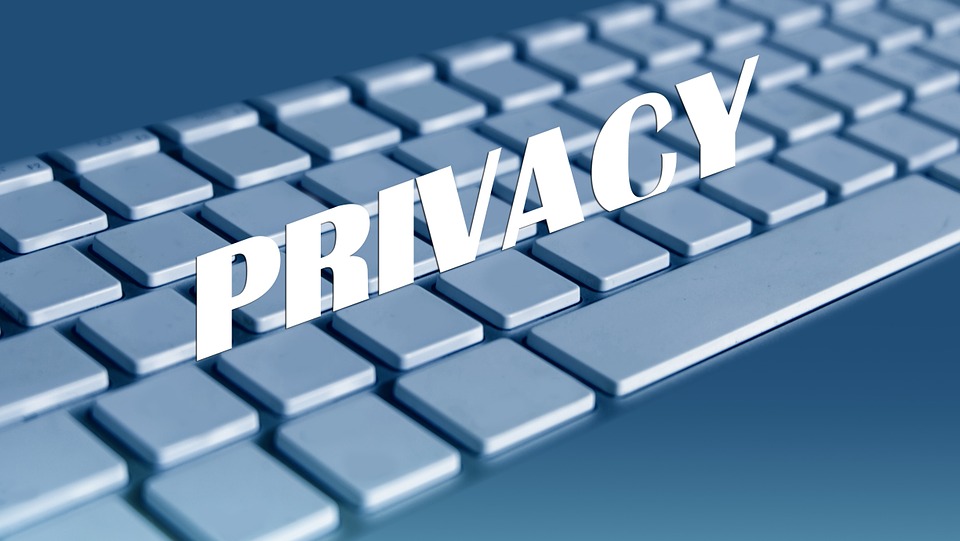The Australian Public Service (APS) determined that a decrease of 5.2% in the gender pay gap has occurred only in the past 12 months, in contrast with the gender pay gap of 13% in 2022, determined by the Australian Bureau of Statistics (ABS). These findings indicate that female workers received an average income of $13,120 less in their annual base income than men. In contrast, the Australian Public Service stated that the gender pay gap improved by 0.8% compared to the last 12 months from 6% to 5.2%.
Minister for Women and the public service Katy Gallagher stated that the decrease of the pay gap in the APS ranks results from the government’s efforts for public services to become the “model employer”. Additionally, to be a model employer, the government will commit to making changes through APS bargaining and parental leave reform in response to the APS commissioner’s review of the Maternity Leave Act.”
Australian pay gap
Analysis by the Australian Bureau of Statistics suggests that the progress in the improvement of the pay gap may be the result of better pay for women in the role of education and training, health care and social assistance – or “typically lower paid female-dominated industries”. Construction, information, media, telecommunications, education, and training all reported “significant decreases”. Despite the efforts, the national pay gap still shows that women earn less than males in all industries, as the gender wage gap has widened in 10 of 18 sectors in the last six months.
Workplace Gender Equality Agency (WGEA) CEO Mary Woolridge stated that the welcome progress should motivate more efforts to close the gap completely. In her statement, “This momentum is a springboard for renewed action for employers to prioritise gender equality and ensure that we continue to work towards closing the gender pay gap,” Woolridge said.
Woolridge further stated that employers must acknowledge what they lack in various situations, particularly the missing pay for women, which employers must take action on. Next year, new laws will be implemented that require companies and organisations that employ 100 or more to report their gender pay gap, which will lead to the evaluation of how men and women are valued in their workplace.
Figures and statistics
Since 2018, the APS’s reported gender pay gap performance has decreased from 7.8% to 5.2% in five years. A breakdown of the basic salary for men and women by classification demonstrates a larger pay disparity as the public servant’s seniority increases.
The reports state, “While unequal pay is a potential influence, the gender pay gap is not a measure of the extent to which females and males are paid equally for the same work”. Additionally, the APS gender pay gap calculating approach considers full-time and part-time employees’ average base salaries, with part-time income annualised to full-time equivalent earnings.
The study determined that the lack of female promotions due to the large number of employed women in the lower classification does not determine the pay gap; instead, the different representation of males and females across categories primarily drives it. Furthermore, future APSC research will explore other factors connected to this pattern, such as the form of work undertaken at those levels and the locations of those roles.
In conclusion, in a recent study by two different organisations, the results show that a decrease in the gender pay gap has occurred. This progress results from governmental efforts to become the “Model employer” for public services.
Despite the progress, the gender pay gap still exists in the private sector. Workplace Gender Equality Agency (WGEA) CEO Mary Woolridge stated that the welcome progress should motivate more efforts to close the gap completely. Additionally, future studies will further dive into other factors that affect the gender pay gap.
After four years in business school and working for multinational clients, Jomar believes he can improve the world through his writings via Public Spectrum, by informing the public on the latest news and updates happening around the government and society. Jomar has eight years experience as a writer and has a degree in Business Administration and Entrepreneurial Marketing.






























































